ITS Geophysics Experts Innovate Tsunami Early Detector
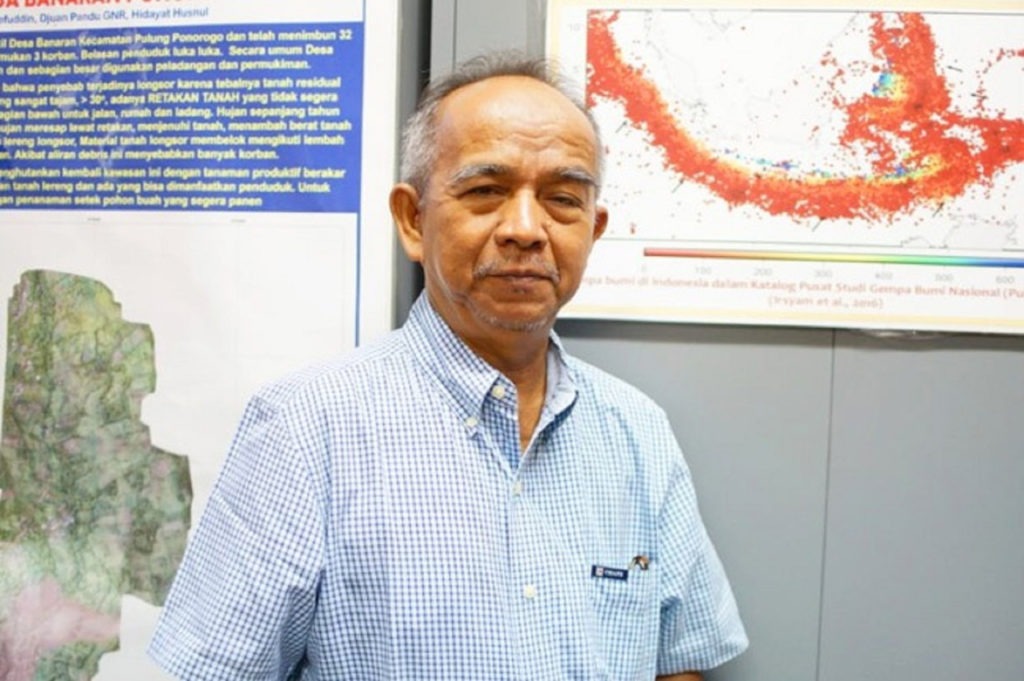
Dr. Ir Amien Widodo MSi, ITS Geophysical Engineering lecturer, as a member of the research team for tsunami early detection instruments
ITS Campus, ITS News – Indonesia is one of the countries categorized with a high level of vulnerability to tsunami disasters. Responding to this phenomenon, three geophysicists from Institut Teknologi Sepuluh Nopember from the Department of Geophysics Engineering designed a tsunami early detection instrument by utilizing the principle of wave reflection.
The three experts are Dr. Ir Amien Widodo MSi, Juan Pandu Gya Nur Rochman SSi MT, and Kharis Aulia Alam ST. The tool designed by the three experts was named SENOPATI, which stands for Ten November Tsunami Early Detection. However, the use of this tool is still limited to a laboratory scale (it has not been used directly).
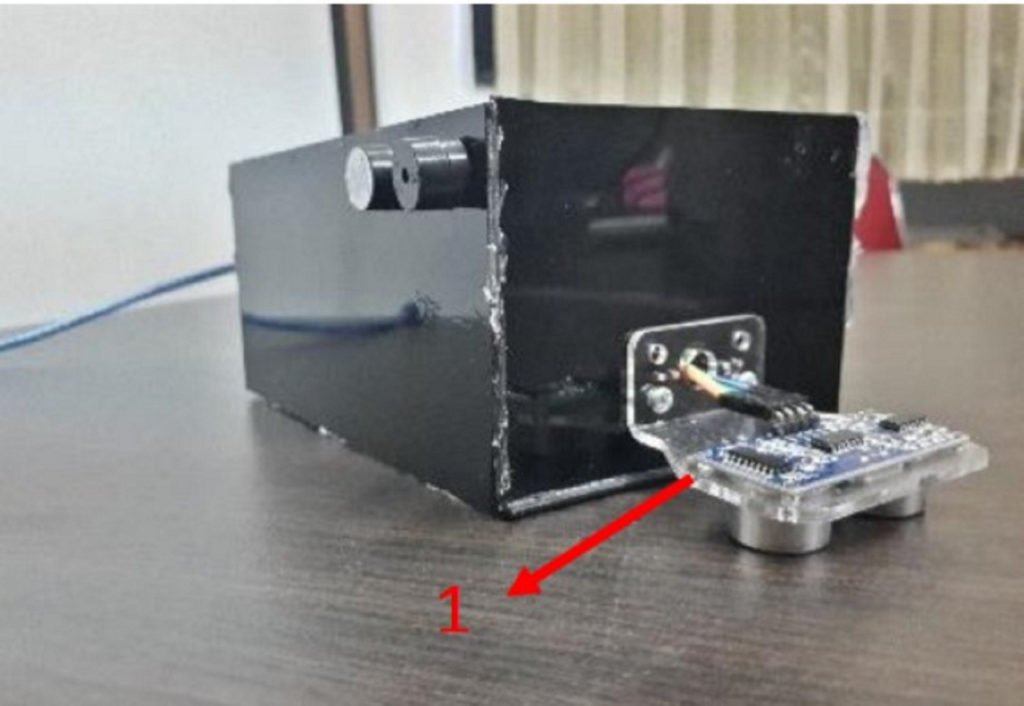
Visualization of the SENOPATI instrument, right side view
Discussing further the research, Amien said that SENOPATI works by using the wave reflection principle, where sensors can measure the height from the water level to detect the arrival of a tsunami. “Because the tsunami caused the seawater to recede, so we see if there is low tide at a certain time, it is a sign of an early warning of a tsunami,” said Amien.
The senior researcher from the Research Center for Disaster Mitigation and Climate Change (Puslit MKPI) ITS added that the detector applied the principles used in wave reflection in two sensors, namely ultrasonic sensors and Doppler sensors. Ultrasonic waves themselves can get the distance of the wave reflector by using the Time of Light or ToF principle (the method used to measure the distance between the sensor and the object).
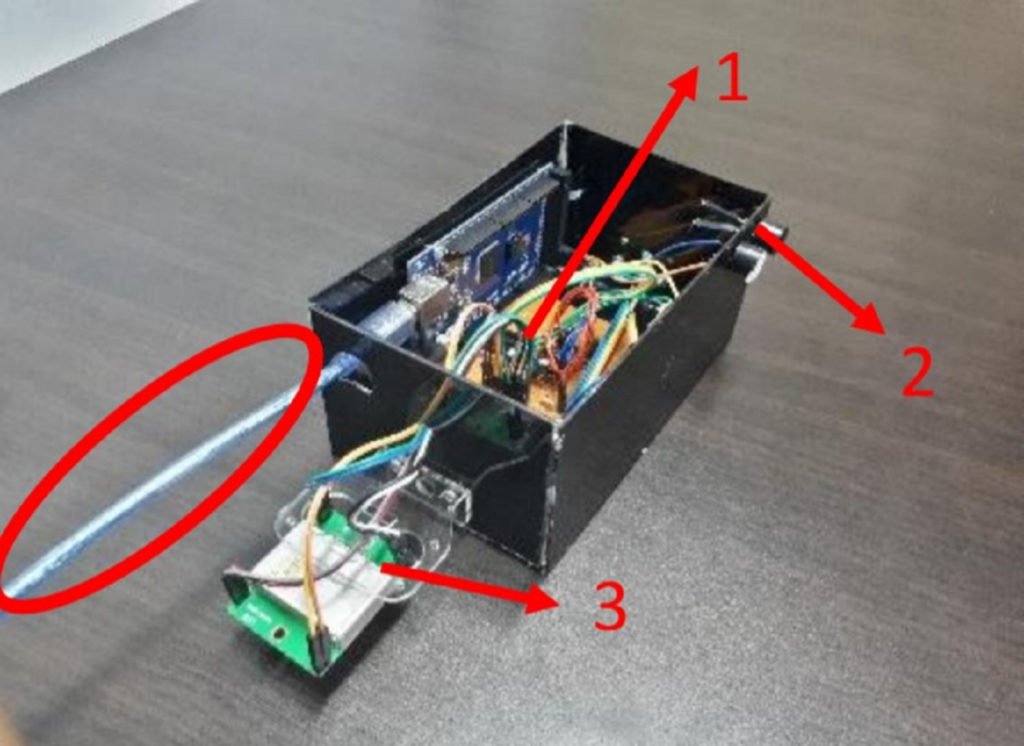
Visualization of the SENOPATI instrument left side view
Meanwhile, the Doppler sensor utilizes ultrasonic waves that are fired at the object and then calculates the frequency shift received as the value of the speed of the moving object. “So if the water level recedes quickly, this tool will tell you that there will be signs of a tsunami,” said the 62-year-old man.
Regarding how SENOPATI works, according to Amien, if a rapid decrease in water level is identified, the device will display a red color, and the buzzer will flash to send an evacuation warning. However, in this study, the receding velocity parameter still uses synthetic values that adjust the size of the test model used. That is, the trial model has not used the original value of events in the field.
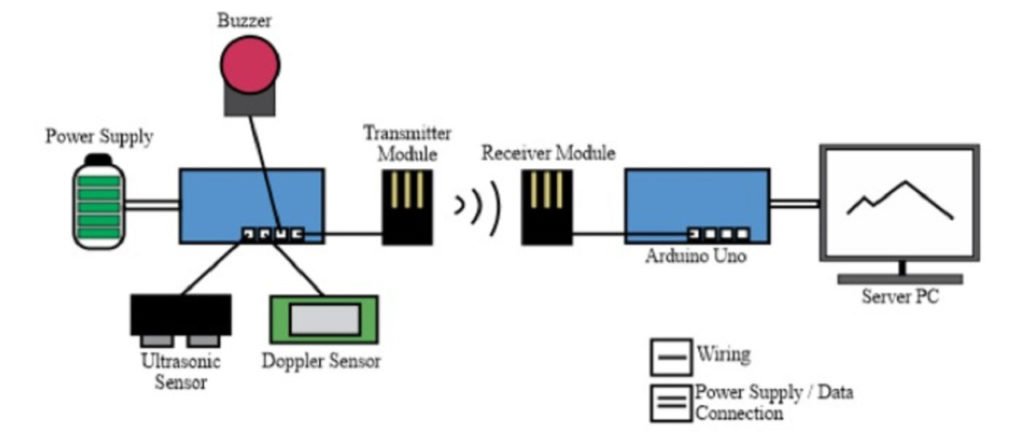
Configuration scheme of the SENOPATI instrument, the result of research by ITS Geophysical Engineering lecturers
Amien said this research has been going on since 2019 and continues to be developed until now. This instrument design aims to make a tsunami detector that is easy to apply and inexpensive. “Indonesia has a tsunami early detection system called Buoy. But, unfortunately, the current condition of the instrument is lost or damaged due to the actions of irresponsible people,” he explained.
Because the tool’s design is still limited to the laboratory scale, Amien explained if the constraints or shortcomings in SENOPATI still do not show significant problems. From Amien’s information, evaluation of SENOPATI will continue to be carried out in line with the development and if the community can apply the tool directly in the field or on the high seas.
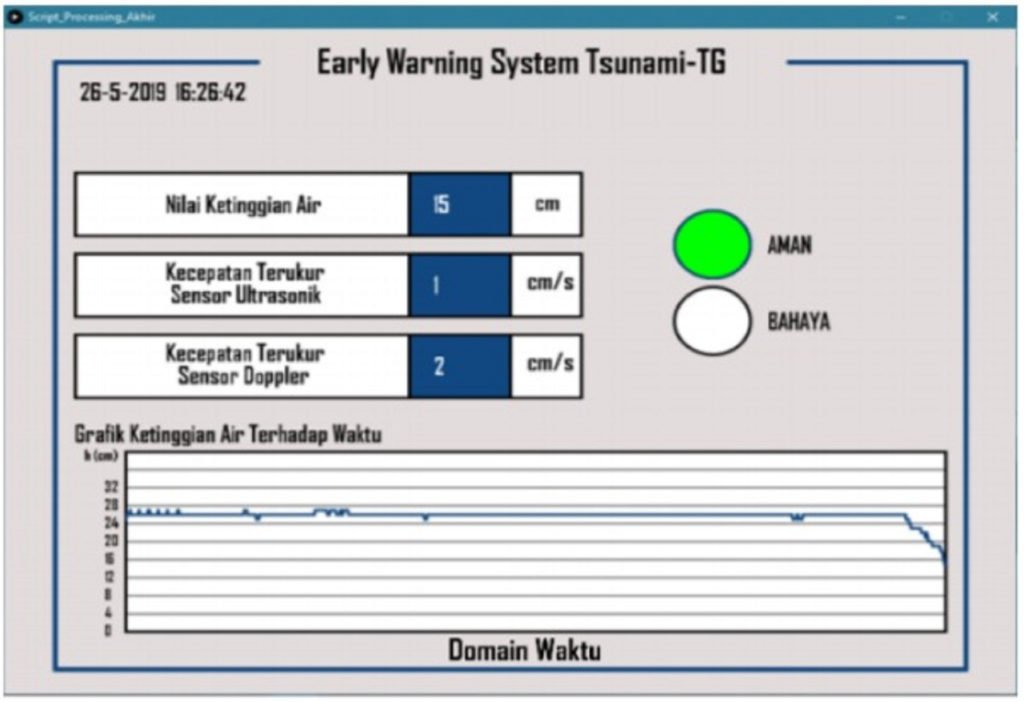
The display of data, safety, and hazard markers during daily low tide engineering
In the future, this Geophysical Engineering Department lecturer hopes that SENOPATI can be included in the scope of more detailed research by ITS and can get further funding. “We also want to make a better prototype, and we tested it with a larger size so we can know the reliability of this tool,” concluded Amien. (nadh/ITS Public Relations)
Reporter: Yanwa Evia Java
Related News
-
ITS Rises to Second Rank in Most National PKM Funding
ITS Campus, ITS News – Strengthening its determination in the scientific field, the Institut Teknologi Sepuluh Nopember (ITS) succeeded
June 10, 2021 16:06 -
Examining Kenny, the Best ITS Bachelor Graduate with a GPA of 3.94
ITS Campus, ITS News — Educating for 3.5 years at the Institut Teknologi Sepuluh Nopember (ITS) did not prevent Benedictus
June 10, 2021 16:06 -
Inspirational, Deaf ITS Graduates Graduated with Cumlaude Predicate
ITS Campus, ITS News — An inspiring story was also present at the 129th Graduation Ceremony of the Institut Teknologi
June 10, 2021 16:06 -
129th Graduation: ITS Graduates 1,355 Candidate Leaders
ITS Campus, ITS News – Institut Teknologi Sepuluh Nopember (ITS) again held a graduation procession for its students through the
June 10, 2021 16:06
